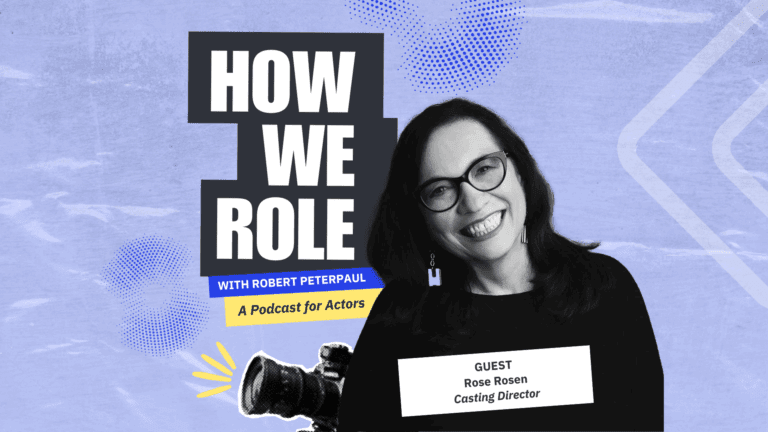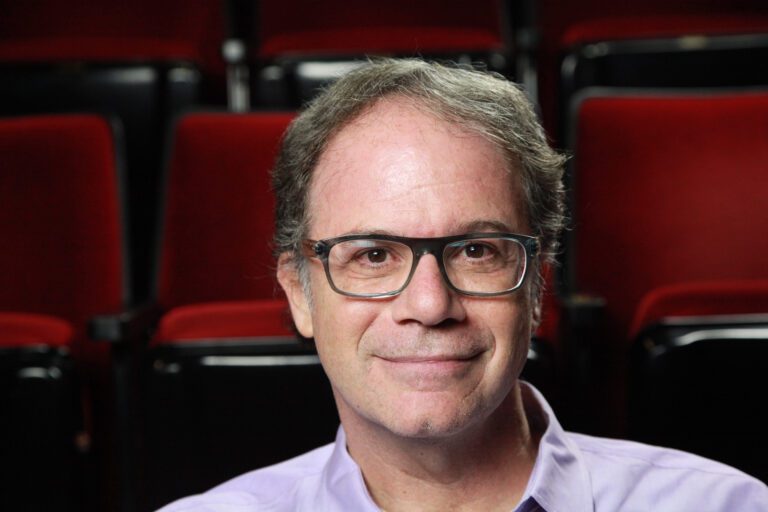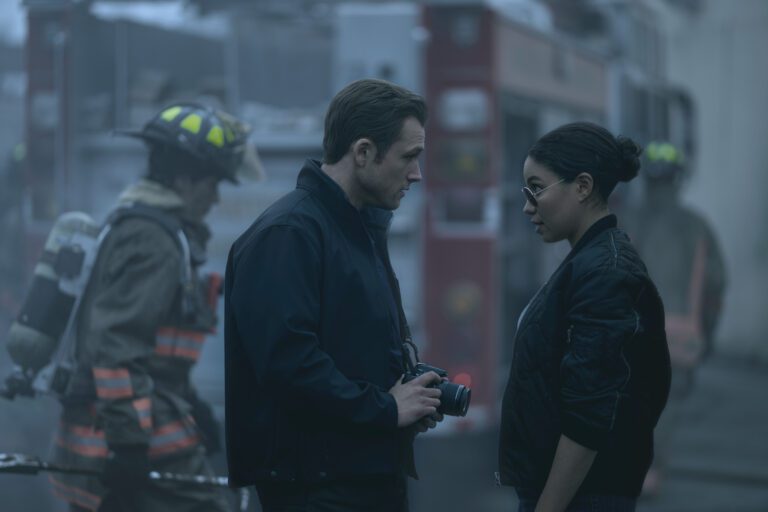If you’ve ever had a director or text coach instruct you not to play the emotion of a scene, you may have wondered why. Aren’t emotions exactly what we’re hired to play? But the advice is shorthand for a concept that is all too easy to overlook. Let’s break it down.
The first thing to consider is the second, silent half of that sentence. Don’t play the emotion of the scene… play the action.
What is the action of the scene?
Verbiage can get confusing, especially as it tends to shift between studios and instructors. Many people use the words “action” and “tactic” interchangeably. However, the overall physical action of the scene can best be boiled down to, what are you actually doing in the scene? What is your job?
For example, let’s imagine your character wants to impress her colleague with her skills in the operating room. Her character’s tactics or actions might be to show off, in pursuit of her objective to impress. But the physical action of the scene, the job she has to do, is to perform the operation. It’s very easy to get caught up in the emotions of the scene and forget you have a job to do. But the physical action of the scene gives it structure and arc. It can provide nuance and metaphor. Don’t forget to do your job.
What is the mood of the scene?
It’s incredibly easy to get sucked into playing the emotion or the mood of the scene. Anyone with reading comprehension skills will immediately identify the tone of the scene and the character’s emotional state, and it’s natural to be drawn to playing that. However, when we sit in the emotion of the scene, it’s similar to playing the end before the beginning. It keeps the performance one-note, robbing it of arc and depth. It hands the audience the answer without making them, or the characters, earn it. So yes, it’s good to be aware of the tone of the scene. But, it’s stronger to avoid “playing the emotion.”
This work can feel very heady and academic when we start breaking down verbiage. But it’s all in pursuit of creating specific, multi-dimensional scenes. The better able we are to identify elements of the scene (“What is my job” vs. “What is my action/tactic” vs. “What is the emotion of the scene”) the more focused our performances will become. Not only that, we will be better able to clearly communicate with our scene partners, directors, etc. Acting is a collaborative career. The stronger one piece of the puzzle is, the clearer the picture becomes.
Looking to get your big break? Sign up or login to Casting Networks and land your next acting role today!
Related articles:
Breaking the Fourth Wall: Tips for Audience Interaction
The Actor’s Closet: Easily Thrifted Items to Have on Hand for Self Tapes
3 Hacks for Nailing Co-Star Roles From Veteran Actor Adrian Martinez
7 Ways to Impress a Director
How to Create Media Requests That Get Results














